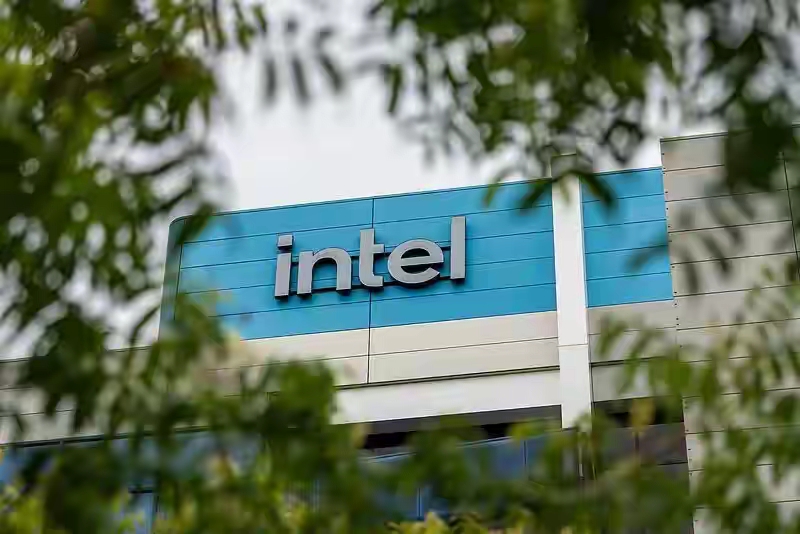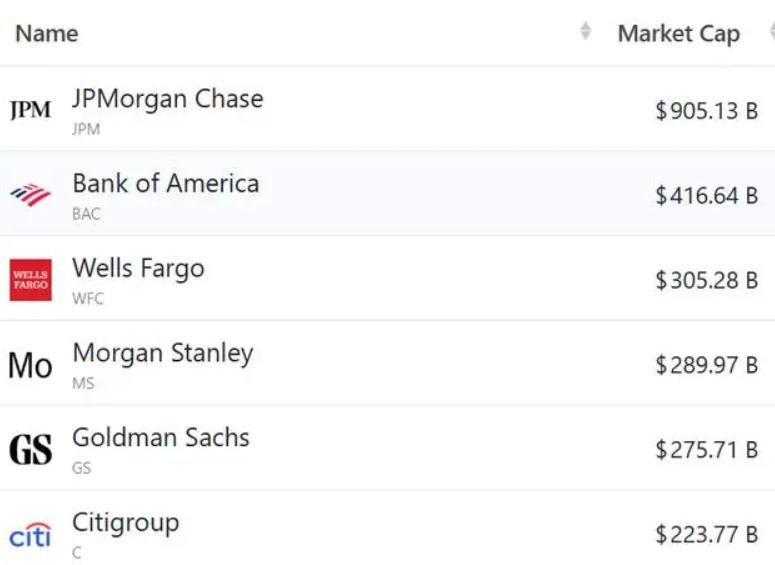
In the development process of the technology industry, Intel was undoubtedly the king, occupying a dominant position in the chip market for a long time. Its x86 architecture processors have become the core brain of personal computers and data centers. However, in recent years, Intel has encountered unprecedented difficulties, with declining performance, intensified losses, and significant fluctuations in stock price. However, recently Intel has received a series of "blood transfusions", with SoftBank Group, the US government, and Nvidia investing in it successively, which raises questions: can Intel be reborn after the blood transfusion?
From the financial data, Intel's predicament is clear at a glance. In 2024, Intel's stock price plummeted by 60%, setting a record for the worst annual performance in history. According to the Q2 2025 financial report, although Intel's revenue exceeded market expectations by $12.86 billion, its net profit suffered a loss of $2.9 billion, a year-on-year decrease of 81%, and its gross profit margin also fell to 27.5%. The continuous losses have left Intel struggling financially, limiting its investment in key areas such as research and development and capacity expansion.
The challenges faced by Intel are not limited to this, and the technical difficulties are also very prominent. Intel is gradually falling behind its competitors in chip manufacturing processes. While companies such as TSMC and Samsung continue to make breakthroughs in the field of advanced processes, Intel has encountered bottlenecks in the 10 nanometer process, resulting in delayed product launches and market share being eroded by competitors. In the era of AI, Intel's progress has also been relatively slow. Compared with Nvidia, which holds a leading position in the AI field, Intel has a smaller market share in the AI chip market and lacks technological and product competitiveness.
Just as Intel was mired in difficulties, a series of external investments rained down like timely rain. On August 19, 2025, SoftBank Group announced an investment of $2 billion in Intel at a price of $23 per share, acquiring approximately 2% of the shares; On August 22nd, the US government announced the acquisition of 9.9% of Intel's shares at a price of $20.47 per share, with an investment amount of $8.9 billion; On September 18th, Nvidia announced a $5 billion investment in Intel common stock at a price of $23.28 per share. These three investments, totaling $15.9 billion, undoubtedly eased Intel's financial pressure in the short term.
These investments not only bring funds, but also strategic support. Nvidia and Intel have reached a strategic partnership. In the data center field, Intel will customize x86 CPUs for Nvidia, which will be integrated into artificial intelligence infrastructure platforms and launched on the market by Nvidia; In the field of personal computing, Intel will produce and supply x86 system on chip integrated with NVIDIA RTX GPU chips to the market. This collaboration allows Intel to combine its leading CPU technology and vast x86 ecosystem with Nvidia's AI technology, providing a new path for Intel's recovery in the data center market and the enhancement of its competitiveness in the personal computer market.
Despite receiving massive blood transfusions and strategic support, Intel still faces many challenges in achieving a rebirth. In terms of technological catch-up, although Intel plans to release 18A process chips in the second half of 2025 to compete with TSMC's 2-nanometer process, and Microsoft has decided to use Intel's 18A process to produce chips, it still requires a large amount of research and development investment and time to fully compensate for the gap in process technology with competitors. In terms of market competition, AMD、 Competitors such as NVIDIA and Qualcomm are constantly making efforts in different fields. Qualcomm's entry into the personal computer chip market with Snapdragon X Plus and X Elite chips has brought considerable pressure to Intel. Intel needs to continuously expand its market share while enhancing its product competitiveness.
The organizational changes and strategic adjustments within Intel are also key factors affecting its rebirth. After the new CEO Chen Liwu took office, Intel underwent organizational restructuring, implemented large-scale layoffs, planned to control the total number of employees at 75000, cancelled some pending projects, and slowed down the construction speed of some factories to reduce costs and optimize global layout. Whether these measures can effectively improve Intel's operational efficiency and execution remains to be tested over time.
After the blood transfusion, Intel has gained a chance for rebirth, but the road ahead is still full of challenges. Intel needs to fully utilize the funds and strategic resources brought by external investment, accelerate technological innovation and product iteration, optimize internal management and organizational structure, actively respond to market competition, in order to return to the peak in fierce technological competition and achieve true rebirth.

Driven by the Trump administration's push to relax financial regulations and the recovery of investment banking business, the market value of the six major banks in the United States has cumulatively increased by approximately 600 billion US dollars by 2025.
Driven by the Trump administration's push to relax financia…
On Christmas evening, U.S. President Trump posted on social…
According to multiple foreign media reports, the recent fin…
The middle class, once regarded as the cornerstone of Ameri…
On December 19th local time, the US military launched a lar…
The Boxing Day sunshine should have cast a false glow of pr…